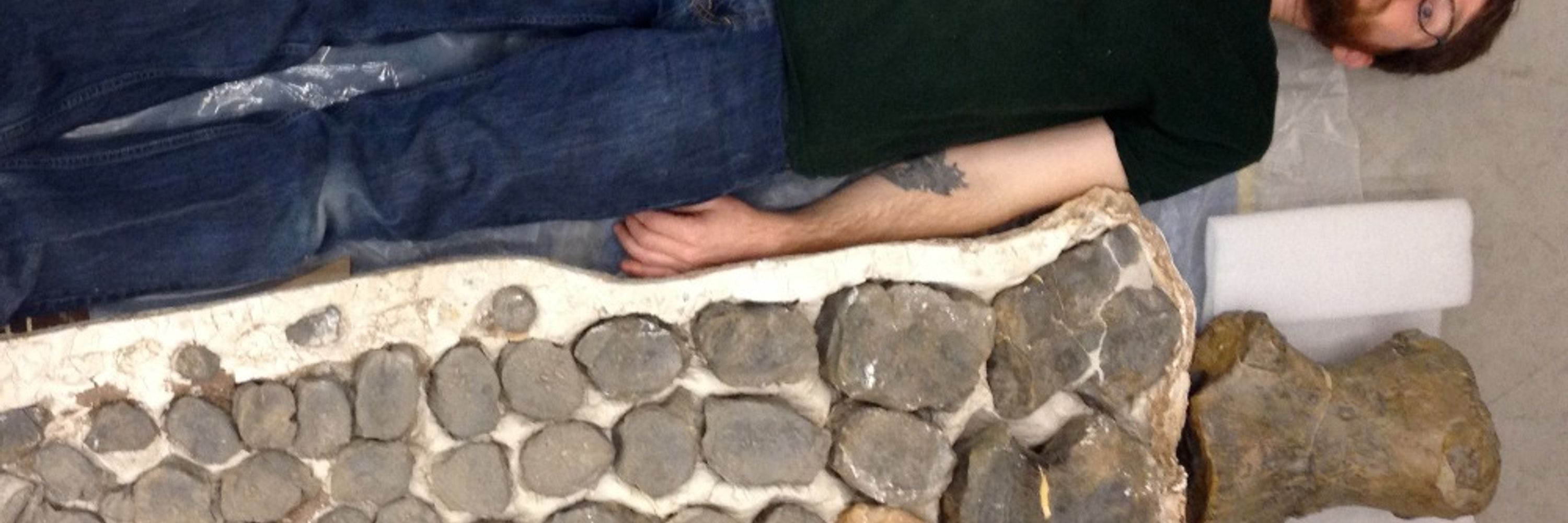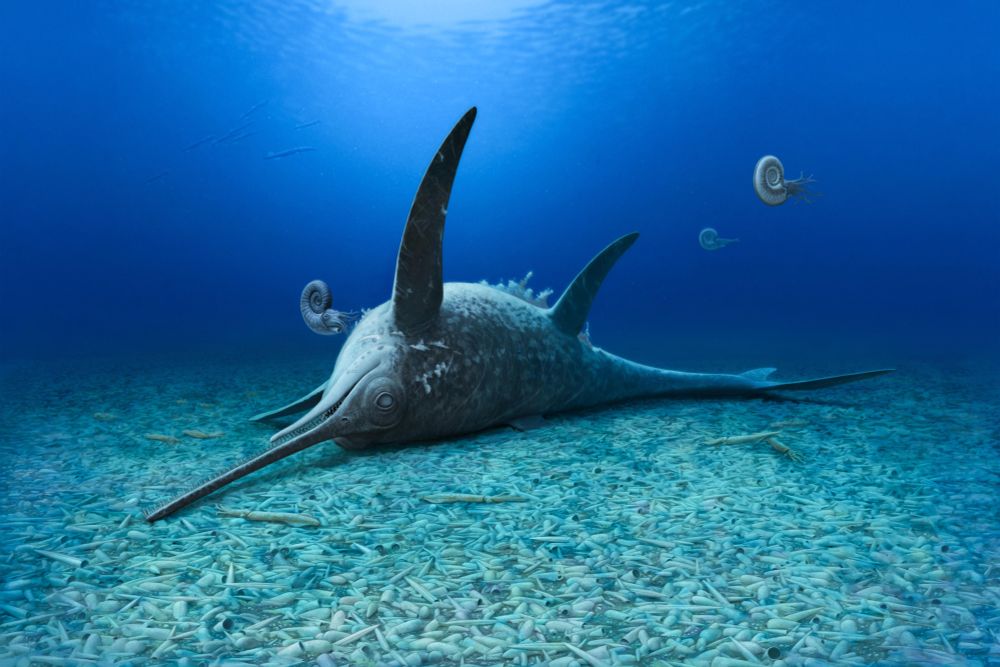Neil Kelley
@kelleypaleolab.bsky.social
610 followers
940 following
89 posts
A vertebrate paleontologist in the Department of Earth & Environmental Sciences at Vanderbilt University with an affinity toward salty reptiles and an irreverent internet presence. Like Nardwuar meets AS Romer minus the fame & charisma.
Posts
Media
Videos
Starter Packs
Pinned
Reposted by Neil Kelley
Reposted by Neil Kelley
Reposted by Neil Kelley
Reposted by Neil Kelley
Reposted by Neil Kelley
Reposted by Neil Kelley
Reposted by Neil Kelley
Reposted by Neil Kelley
Reposted by Neil Kelley
Reposted by Neil Kelley
Reposted by Neil Kelley




























